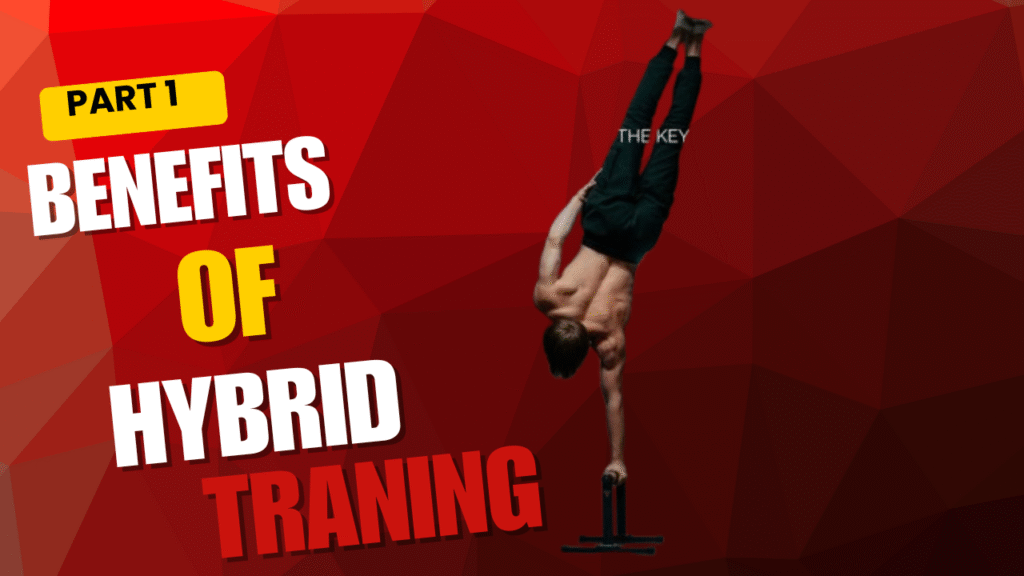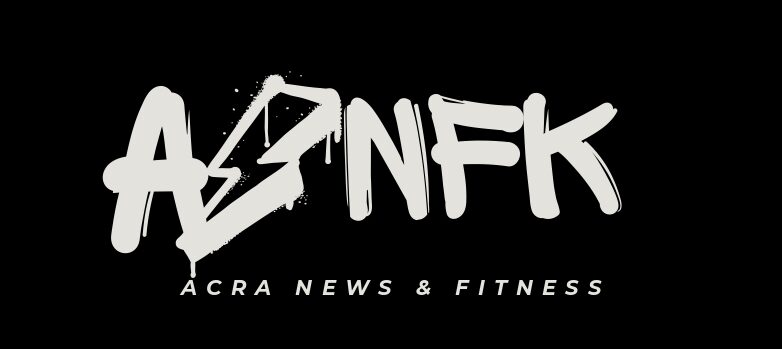Most fitness programs fall into one of two categories:
- Strength-Focused Programs (e.g., powerlifting, bodybuilding) – Build muscle and strength but often neglect endurance.
- Cardio-Focused Programs (e.g., marathon training, cycling) – Improves stamina but may lead to muscle loss if not balanced.
Hybrid training bridges this gap, ensuring that you:
✔ Gain strength without sacrificing endurance
✔ Burn fat while maintaining muscle
✔ Improve mobility and athleticism
✔ Reduce workout monotony
For instance, a traditional bodybuilder might spend 5 days a week lifting weights with little cardio, while a hybrid athlete might structure workouts like:
- Day 1: Heavy squats + 20-minute rowing intervals
- Day 2: Pull-ups + sprint intervals
- Day 3: Olympic lifts + jump rope finisher
This approach enables the body to continually adapt and progress in multiple fitness domains.
Key Benefits of Hybrid Training
1. Enhanced Fat Loss & Muscle Retention
One of the biggest struggles in fitness is losing fat without losing muscle. Traditional long-duration cardio can lead to muscle breakdown, while pure strength training may not burn enough calories for fat loss.
Hybrid training solves this by:
- Boosting metabolism through strength work (muscle burns more calories at rest).
- Increasing EPOC (Excess Post-Exercise Oxygen Consumption) through high-intensity cardio, leading to more calories burned after the workout.
2. Improved Athletic Performance
Whether you’re an athlete or a fitness enthusiast, hybrid training helps you:
- Run faster and lift heavier (better power endurance).
- Recover quicker between intense efforts.
- Reduce injury risk by balancing muscle groups.
3. Time Efficiency
Instead of dedicating separate days to cardio and lifting, hybrid workouts combine both in a single session, making them ideal for busy schedules.
4. Prevents Plateaus
The body adapts quickly to repetitive workouts. By constantly varying intensity, modality, and movement patterns, hybrid training keeps progress steady.
Who Should Try Hybrid Training?
Hybrid training is versatile and can be adapted for:
- Athletes (MMA fighters, obstacle course racers, CrossFitters).
- Weightlifters looking to improve conditioning.
- Runners & cyclists wanting to build strength.
- General fitness enthusiasts seeking a balanced approach.
However, beginners should ease into it to avoid overtraining, while bodybuilders aiming for extreme hypertrophy might prefer a more specialized routine.
Popular Hybrid Workout Styles
1. CrossFit
- Combines: Olympic weightlifting, gymnastics, and metabolic conditioning.
- Example Workout:
- 5 rounds of:
- 10 Deadlifts
- 15 Box Jumps
- 400m Run
- 5 rounds of:
2. Tactical Hybrid Training (Used by Military & First Responders)
- Combines: Strength, endurance, and functional movements.
- Example Workout:
- 5×5 Back Squats
- 3-mile weighted ruck march

3. HIIT + Strength Circuits
- Combines: Dumbbell/kettlebell exercises with short cardio bursts.
- Example Workout:
- 4 rounds of:
- 10 Thrusters
- 15 Battle Rope Slams
- 20 Jump Squats
- 30-second sprint
- 4 rounds of:
Final Thoughts: Is Hybrid Training Right for You?
Hybrid training is not a one-size-fits-all solution, but it’s an excellent choice for those who want:
✅ A balanced, athletic physique
✅ Efficient fat loss & muscle gain
✅ Improved endurance and strength
✅ Varied, engaging workouts
If you’ve been stuck in a fitness rut or feel like your routine is too one-dimensional, hybrid training could be the game-changer you need.
Would you like a sample 4-week hybrid training plan to get started? Let me know in the comments!


